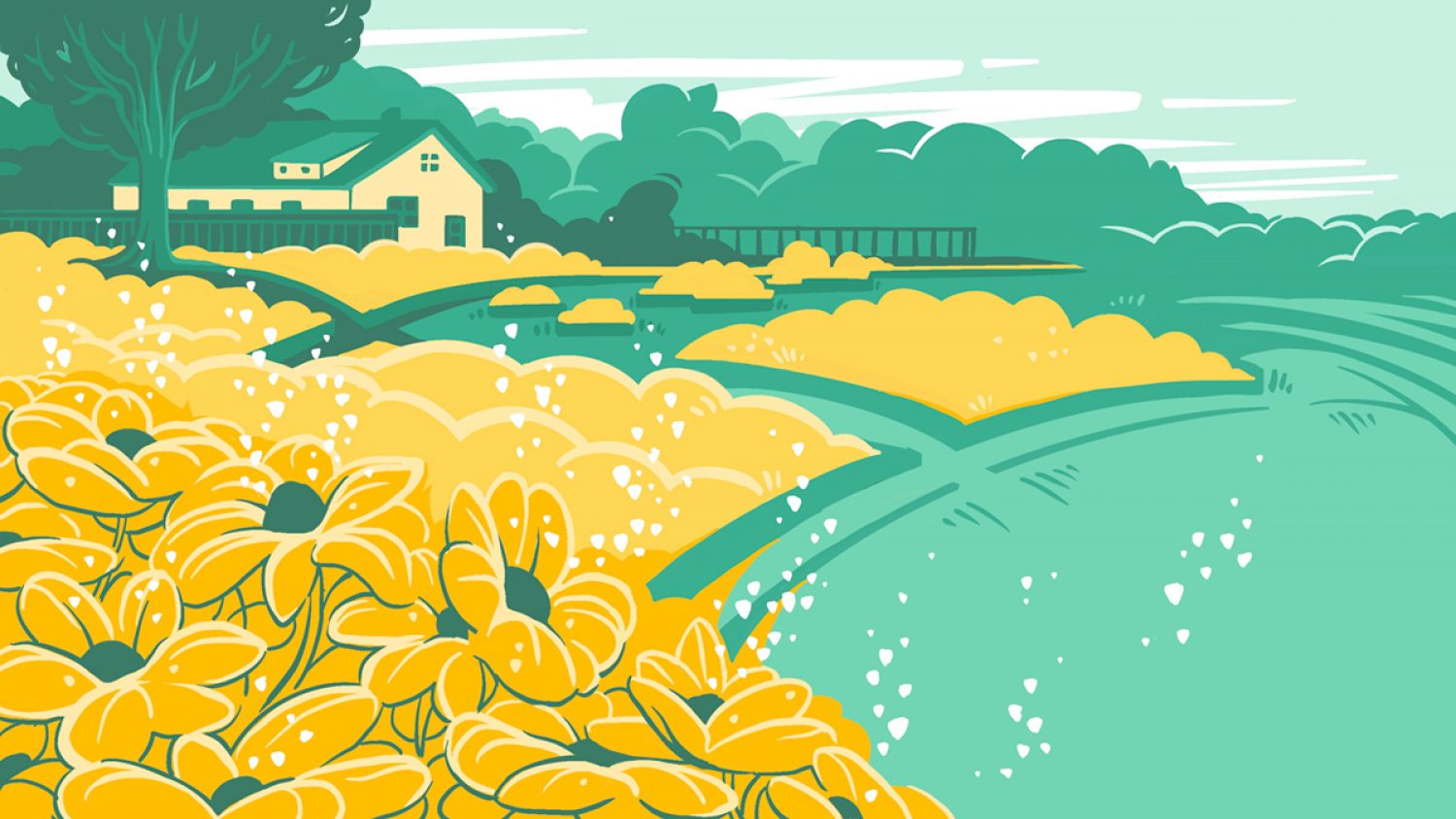Don’t be a Pollen-hater, love the Pollinators
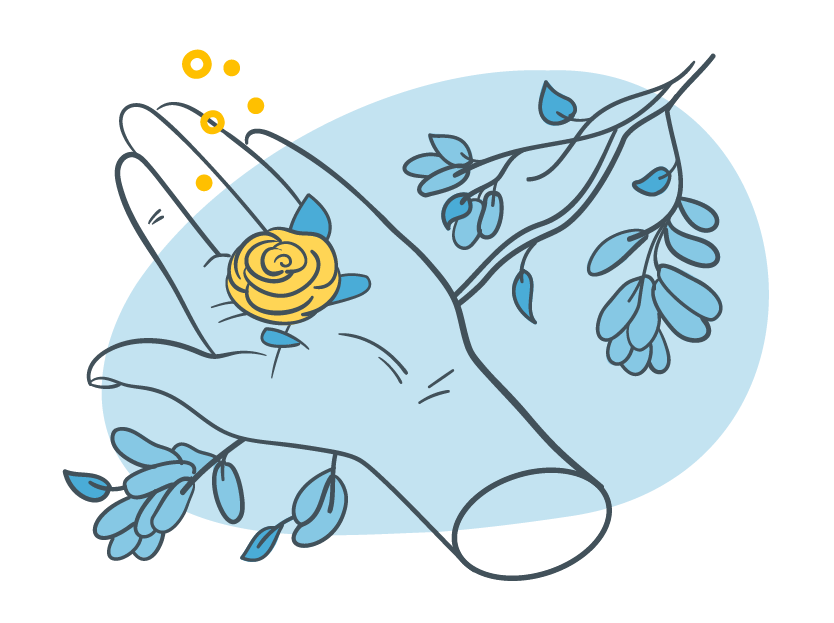
Hay fever, or seasonal allergies, can be annoying for anyone. Sneezing, itchy, watery eyes, and a scratchy throat are all common in the spring for those suffering with allergies. Much of this is triggered by a small substance known as pollena powdery substance produced by some plants that contains many small pollen grains, which are... More. Pollena powdery substance produced by some plants that contains many small pollen grains, which are... More isn’t all bad. Despite it’s bad reputation, it’s actually very important for the environment.
Bees and flowers- a love story
Every spring, flowers seem to pop up everywhere. These flowers have an important function for the plants: reproduction. The flowers also play a key role in our ecosystemthe interconnected living and nonliving things in a given area. Ecosystems also include factors, such... More, providing insects, like bees, a tasty snack
Bees fly around from flower to flower. They eat sugary nectara sugary syrup that is made by plants to attract insects or birds to help... More made by plants in the flowers, while collecting pollena powdery substance produced by some plants that contains many small pollen grains, which are... More to bring back to their hive for food. At the same time, small pollena powdery substance produced by some plants that contains many small pollen grains, which are... More grains get stuck to hairs on the bees’ legs. The bees then carry this pollena powdery substance produced by some plants that contains many small pollen grains, which are... More to the next flower. This spreading of pollena powdery substance produced by some plants that contains many small pollen grains, which are... More helps to fertilize the next flower.
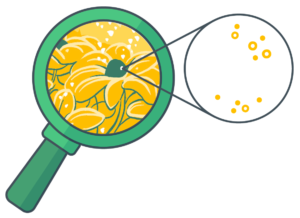
What is pollen?
Pollena powdery substance produced by some plants that contains many small pollen grains, which are... More grains are extremely small, up to 10 times smaller than a single grain of sand. Each flower can make a lot of pollena powdery substance produced by some plants that contains many small pollen grains, which are... More, and plants often have many flowers.
Pollena powdery substance produced by some plants that contains many small pollen grains, which are... More is the male fertilizing agent of flowering plants, including some trees, grasses and weeds. Flowers have both male and female parts, which, when combined, can develop into seeds. Pollena powdery substance produced by some plants that contains many small pollen grains, which are... More, created in the male part of the flower (the stamen), must be moved to the female part of the plant (the pistil), for this to happen. Pollena powdery substance produced by some plants that contains many small pollen grains, which are... More travels from the anther to the stigma, the top of the female flower, and then moves all the way to the ovary. Here the seed can develop. Seeds can then develop into a new plant.
What is pollination?
Pollinationthe process of transferring pollen from the male part of the plant, the stamen, to... More is the process of transferring pollena powdery substance produced by some plants that contains many small pollen grains, which are... More from one flower part to another.
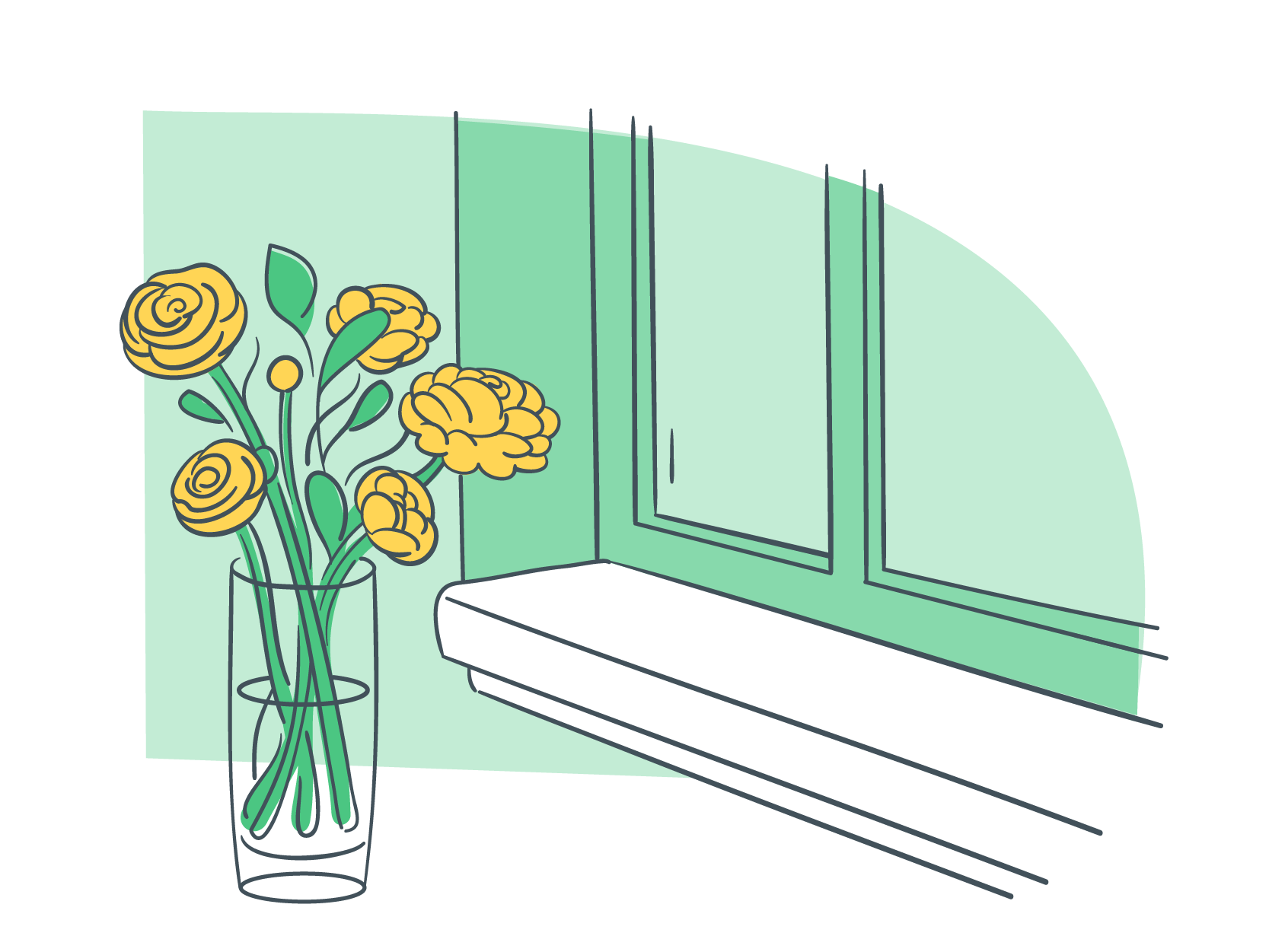
It is important for helping plants spread out both geographically and genetically. The farther the pollena powdery substance produced by some plants that contains many small pollen grains, which are... More grains travel and to the more genetically different plants, the greater chance the species will survive overall.
There are over 350,000 different types of flowering plants! Different plants have different types of flowers. This means they also have different types of pollena powdery substance produced by some plants that contains many small pollen grains, which are... More, which can be moved in different ways.
Planes, trains and automobiles
Just as humans have different ways to travel, so do pollena powdery substance produced by some plants that contains many small pollen grains, which are... More grains. Pollena powdery substance produced by some plants that contains many small pollen grains, which are... More not only hitches a ride on bees, but also other insects and even larger animals like bats or hummingbirds. Wind and water can also help carry pollena powdery substance produced by some plants that contains many small pollen grains, which are... More grains around. Pollena powdery substance produced by some plants that contains many small pollen grains, which are... More can be moved from plant to plant, flower to flower, or even between two different parts of the same flower.
How pollena powdery substance produced by some plants that contains many small pollen grains, which are... More moves is often related to the type of flower and where the pollena powdery substance produced by some plants that contains many small pollen grains, which are... More needs to go for reproduction. Some flowers have both male and female parts within the same flower, and some can pollinate themselves. However, around 6% of plants have the male and female parts of the flower on separate plants. This means that some pollena powdery substance produced by some plants that contains many small pollen grains, which are... More has to travel far to reach its destination. Under certain weather conditions, some pollena powdery substance produced by some plants that contains many small pollen grains, which are... More grains can even travel hundreds of miles!
Plants that rely on wind pollinationthe process of transferring pollen from the male part of the plant, the stamen, to... More, like birch trees, are generally more responsible for allergies. This is in part because they have to produce much more pollena powdery substance produced by some plants that contains many small pollen grains, which are... More, to increase the likelihood a male pollena powdery substance produced by some plants that contains many small pollen grains, which are... More grain reaches a female flower. A single birch tree can produce up to 5 million pollena powdery substance produced by some plants that contains many small pollen grains, which are... More grains, and research has shown that it can travel up to 10 miles from the parent tree.
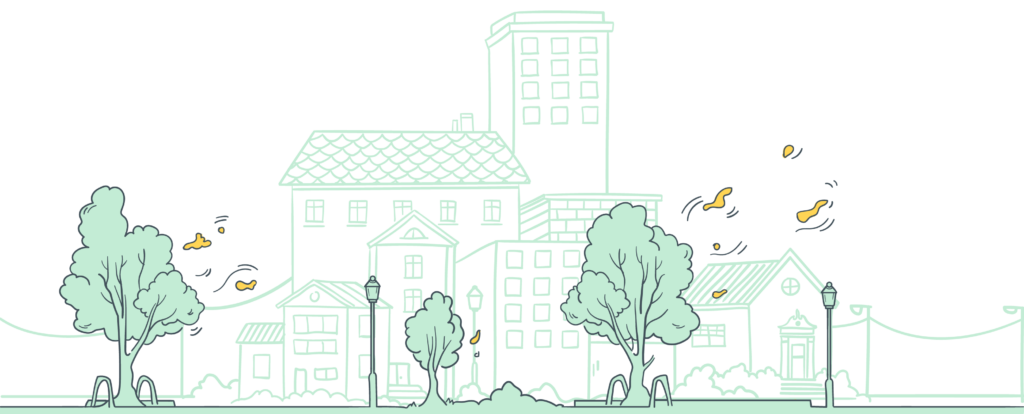
Pollena powdery substance produced by some plants that contains many small pollen grains, which are... More is important for making food for humans, insects and animals.
Once the small pollena powdery substance produced by some plants that contains many small pollen grains, which are... More grains reach the pistil, they can fertilize the flower, allowing the plant to create a seed. This seed can then grow into a whole new plant. Seeds are all around us and come in many types of packages. Some of your favorite foods are likely seeds of plant parts that protect the seed to help it to grow. Nuts, such as almonds and cashews, are seeds. So are all the small dots on strawberries and the pit in the middle of peaches. Even flour used to make bread comes from the seeds of wheat plants.
Pollen and allergies
For some people, when they smell the flowers, they start to sneeze. This is because they are allergic to the pollena powdery substance produced by some plants that contains many small pollen grains, which are... More the plant is producing. Pollena powdery substance produced by some plants that contains many small pollen grains, which are... More plays an important role in seasonal allergies. Although it is often called hay fever, it’s not just hay that can make people sneezy (and you won’t actually get a fever). By knowing if you are sensitive to specific plants, you can avoid plants that make you extra itchy or sneezy.
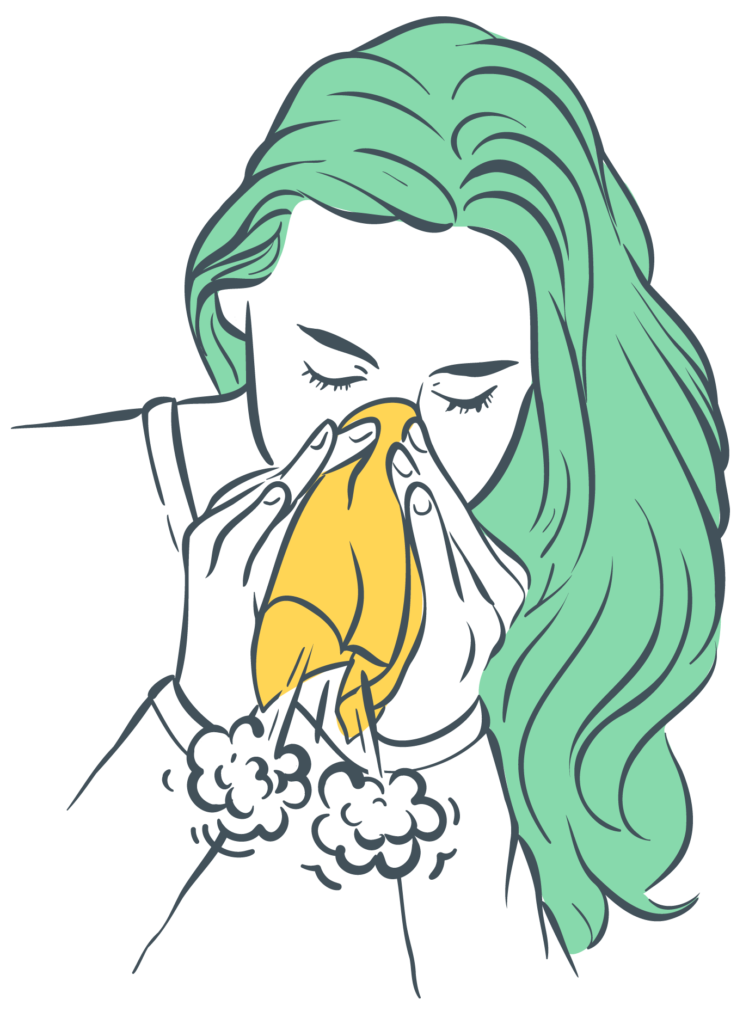
When the wind blows, the pollena powdery substance produced by some plants that contains many small pollen grains, which are... More can be swept away from the flowers and into the air where we can breathe it into our lungs. Plants will flower (and release their pollena powdery substance produced by some plants that contains many small pollen grains, which are... More) at different times of the year. This means allergies might be better or worse during different seasons.
Pollena powdery substance produced by some plants that contains many small pollen grains, which are... More allergies are very common. Almost 10% of children in the US are allergic to pollena powdery substance produced by some plants that contains many small pollen grains, which are... More and, across the world, 10-30% of people may suffer from allergies. Pollena powdery substance produced by some plants that contains many small pollen grains, which are... More counts are useful for helping people with allergies know what to expect when they spend time outside.
Impact of climate change
Carbon dioxide and other greenhouse gasesare made up of atoms or molecules that will fill the entire volume of any... More help trap heat in the atmosphere. As humans released more of these gasesare made up of atoms or molecules that will fill the entire volume of any... More, the Earth’s temperature increased. This led to increasing global average temperature known as global warmingthe unnaturally quick rise of the Earth’s temperature, caused by the increased release of greenhouse... More. We now also see more extreme weather events and changes to global climates. Climate changeunusual weather found in a place as a result of global warming. This can include... More and increased CO2 levels make certain plants, like ragweed, produce more pollena powdery substance produced by some plants that contains many small pollen grains, which are... More grains. Plants are also producing pollena powdery substance produced by some plants that contains many small pollen grains, which are... More for a longer period of time. And, each pollena powdery substance produced by some plants that contains many small pollen grains, which are... More grain has higher amounts of the part of the pollena powdery substance produced by some plants that contains many small pollen grains, which are... More that makes people sneeze.
This is just one of many examples of how humans have impacted the environment and disrupted the balance of cycles in their ecosystems. Learning more and understanding our role in protecting the ecosystemthe interconnected living and nonliving things in a given area. Ecosystems also include factors, such... More is one way you can help fight climate changeunusual weather found in a place as a result of global warming. This can include... More.

What is an ecosystem?
An ecosystemthe interconnected living and nonliving things in a given area. Ecosystems also include factors, such... More is the interacting, coexisting community of living and nonliving things in a specific area.
This includes everything from microscopic organisms to rocks to humans. It also includes factors, like temperature and humidity, which impact the organisms in the system. There are ecosystems all around us. An example of an ecosystemthe interconnected living and nonliving things in a given area. Ecosystems also include factors, such... More could be a city park. Although we don’t always think about the environment in urban areas, a park is an oasis of biodiversity, providing important habitat for many organisms.
Everything in an ecosystemthe interconnected living and nonliving things in a given area. Ecosystems also include factors, such... More plays an important role. And there are many dynamic systems that coexist in the ecosystemthe interconnected living and nonliving things in a given area. Ecosystems also include factors, such... More. One example is the carbon cycleis “nature’s way of recycling carbon”. Carbon is found in all living things as... More.
Another example is the nitrogen cycle.
Nitrogen gas makes up the largest part of the air we breathe. It is also important for plant growth. But, most plants can’t absorb nitrogen from the air. Microbes that live in the soil can change nitrogen from the atmosphere into compoundsCompounds are made up of one or more elements in a fixed ratio More like ammonia, which is also found in man-made fertilizers. Plants can use this form of nitrogen and it is important for growth. Ecosystems cycle compoundsCompounds are made up of one or more elements in a fixed ratio More like nitrogen and carbon; however , it is important to keep these systems in balance. Too much of some forms of these elements can be harmful to the environment if they end up in the wrong place. For example, if a farmer uses too much fertilizer, it could runoff into nearby waterways, like oceans and lakes. And this can be bad for the fish that live there.
Want to learn more about what is in the air we breathe?
Key words about pollena powdery substance produced by some plants that contains many small pollen grains, which are... More
- Pollinationthe process of transferring pollen from the male part of the plant, the stamen, to... More: the process of transferring pollena powdery substance produced by some plants that contains many small pollen grains, which are... More from the male part of the plant, the stamen, to the female part of the plant, the pistil.
- Pollena powdery substance produced by some plants that contains many small pollen grains, which are... More: a powdery substance produced by some plants that contains many small pollena powdery substance produced by some plants that contains many small pollen grains, which are... More grains, which are a key component of the male plant reproductive system
- Ecosystemthe interconnected living and nonliving things in a given area. Ecosystems also include factors, such... More: the interconnected living and nonliving things in a given area. Ecosystems also include factors, such as weather, that can impact organisms and landscapes.
- Nectara sugary syrup that is made by plants to attract insects or birds to help... More: a sugar syrup that is made by plants to attract insects or birds to help in pollinationthe process of transferring pollen from the male part of the plant, the stamen, to... More
- Climate changeunusual weather found in a place as a result of global warming. This can include... More: the trend in changes to global climate patterns; this includes changes to the amount of rain, heat, and storms across the world
Sources
- https://www.canr.msu.edu/nativeplants/pollination/
- https://www.sciencedirect.com/topics/agricultural-and-biological-sciences/pollen#:~:text=Pollena powdery substance produced by some plants that contains many small pollen grains, which are... More%20is%20the%20male%20gametophyte,is%20generally%20oval%20or%20spherica
- https://link.springer.com/referenceworkentry/10.1007%2F978-94-017-8801-4_148
- https://doi.org/10.1007/BF00984100
- https://www.fs.fed.us/wildflowers/pollinators/What_is_Pollination/
- https://royalsocietypublishing.org/doi/full/10.1098/rspb.2010.1004
- https://www.fs.fed.us/wildflowers/pollinators/What_is_Pollination/birdsandbees.shtml
- https://www.cell.com/current-biology/fulltext/S0960-9822(20)31880-7?_returnURL=https%3A%2F%2Flinkinghub.elsevier.com%2Fretrieve%2Fpii%2FS0960982220318807%3Fshowall%3Dtrue
- https://doi.org/10.1007/s12016-018-8698-8
- https://www.fs.fed.us/wildflowers/pollinators/wind.shtml
- https://doi.org/10.1007/s12016-018-8698-8
- https://www.frontiersin.org/articles/10.3389/fpls.2014.00284/full
- https://climate.nasa.gov/resources/global-warming-vs-climate-change/
- https://www.hsph.harvard.edu/news/hsph-in-the-news/pollen-seasons-are-getting-longer-driven-by-climate-change/ https://www.nationalgeographic.org/encyclopedia/ecosystem/#:~:text=Powered%20by-,An%20ecosystem%20is%20a%20geographic%20area%20where%20plants%2C%20animals%2C%20and,%2C%20animals%2C%20and%20other%20organisms.
- https://esajournals.onlinelibrary.wiley.com/doi/10.1002/fee.1480 https://www.researchgate.net/publication/321329435_Understanding_the_value_of_Southampton%27s_urban_trees
- https://www.cocity.se/om-oss/urban-ecosystem-services/
- https://kids.frontiersin.org/articles/10.3389/frym.2020.00063
- https://kids.frontiersin.org/articles/10.3389/frym.2019.00041


